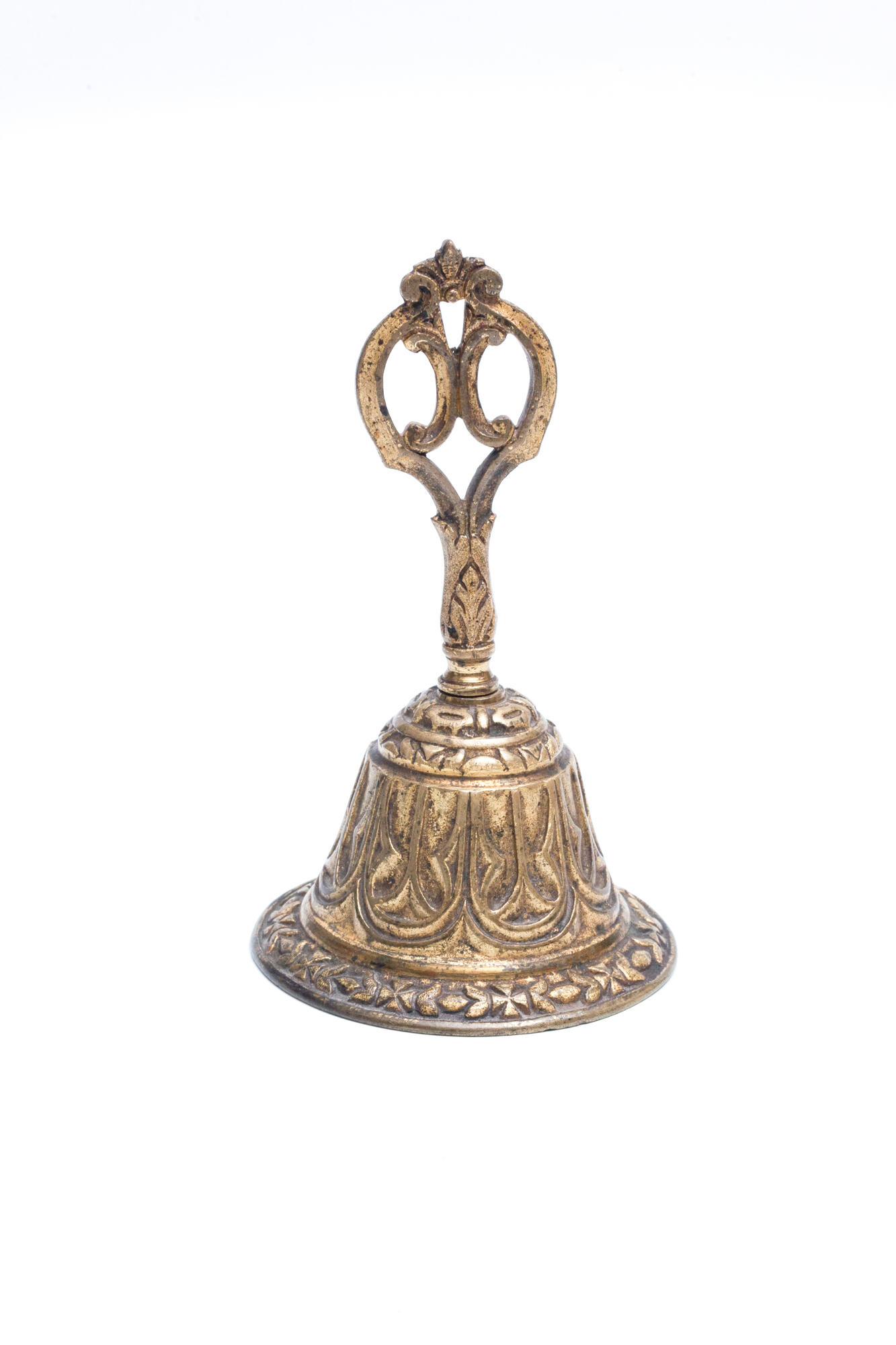During the whole 19th century, until the invention of the electric bell, it was handbells that were used for calling servants. Ivan Goncharov had such a bell as well.
The writer left Simbirsk for Saint Petersburg in the 1830s and lived there for 50 years. In all that time, the servants in his house rotated off many times. In 1888, the Russian weekly magazine Niva published a cycle of short stories by Goncharov called “Servants of an Old Age”, which describes four of the servants from Goncharov’s house, who were “to some extent, members of our family, who shared our concerns, worries, moments of sorrow and happiness.”
Ivan Goncharov deeply valued his manservant Karl Ludwig Treygut, who he met in late August of 1869. Treygut worked in Goncharov’s house and managed the affairs for ten years.
When time passed, the writer started to notice the decline in his manservant’s health, who turned out to have been suffering from pulmonary disease for a long time. Goncharov pleaded with Treygut and even ordered him to see a doctor, but the servant would refuse to go until he went down with consumption, which is what tuberculosis was called back then. Treygut was ill for more than a year before passing away in 1878. Goncharov assumed responsibility for Alexandra Treygut, the widow of his manservant, and her three children, upon her husband’s death. Not long after, he took them to the seaside of Riga, to the resort town of Dubbeln (now Dubulti), where he rented an inexpensive dacha. The writer himself tutored the children, teaching them English and French, arithmetic and penmanship. Then he sent Treygut’s eldest daughter Alexandra “for living and education” to St. Petersburg School for Young Women named after Stepan Ivanov. The writer also helped Treygut’s middle child Vasily enter the Crafts School of Tsarevich Nikolay.
In 1883, Goncharov drew up a will leaving his estate to the Treyguts. He wrote,
The writer left Simbirsk for Saint Petersburg in the 1830s and lived there for 50 years. In all that time, the servants in his house rotated off many times. In 1888, the Russian weekly magazine Niva published a cycle of short stories by Goncharov called “Servants of an Old Age”, which describes four of the servants from Goncharov’s house, who were “to some extent, members of our family, who shared our concerns, worries, moments of sorrow and happiness.”
Ivan Goncharov deeply valued his manservant Karl Ludwig Treygut, who he met in late August of 1869. Treygut worked in Goncharov’s house and managed the affairs for ten years.
When time passed, the writer started to notice the decline in his manservant’s health, who turned out to have been suffering from pulmonary disease for a long time. Goncharov pleaded with Treygut and even ordered him to see a doctor, but the servant would refuse to go until he went down with consumption, which is what tuberculosis was called back then. Treygut was ill for more than a year before passing away in 1878. Goncharov assumed responsibility for Alexandra Treygut, the widow of his manservant, and her three children, upon her husband’s death. Not long after, he took them to the seaside of Riga, to the resort town of Dubbeln (now Dubulti), where he rented an inexpensive dacha. The writer himself tutored the children, teaching them English and French, arithmetic and penmanship. Then he sent Treygut’s eldest daughter Alexandra “for living and education” to St. Petersburg School for Young Women named after Stepan Ivanov. The writer also helped Treygut’s middle child Vasily enter the Crafts School of Tsarevich Nikolay.
In 1883, Goncharov drew up a will leaving his estate to the Treyguts. He wrote,



